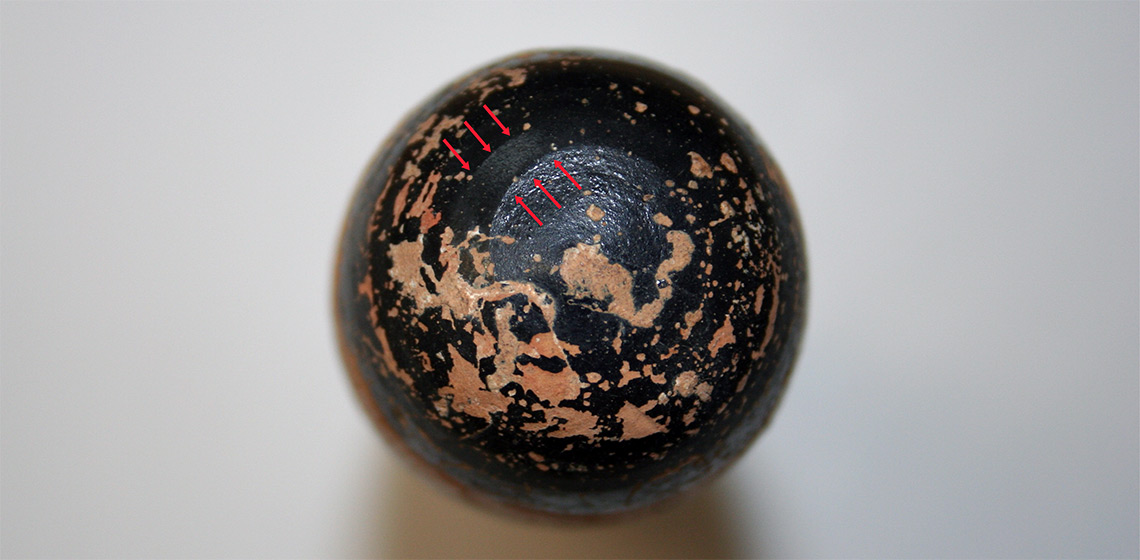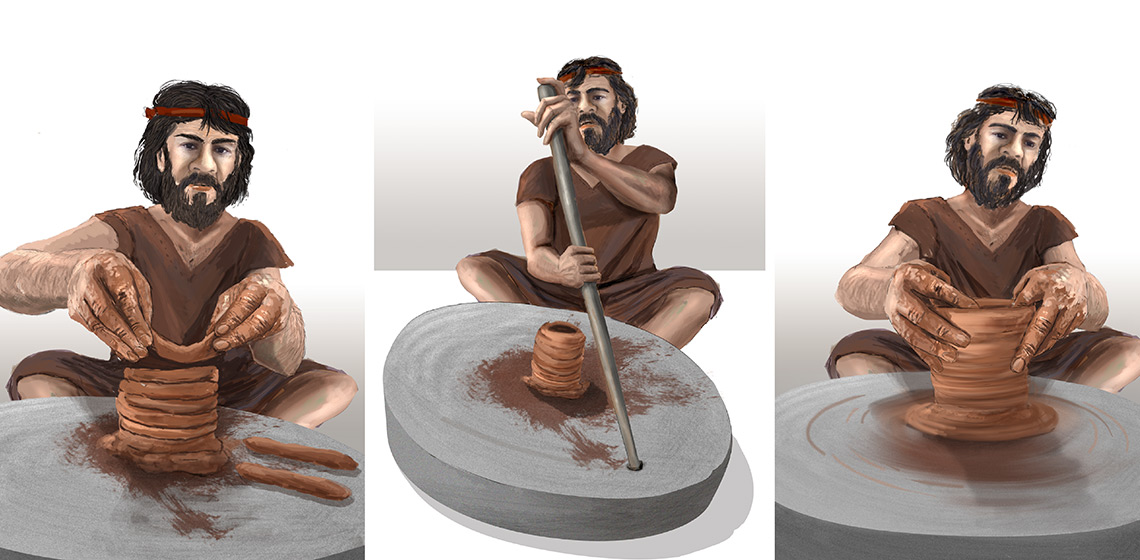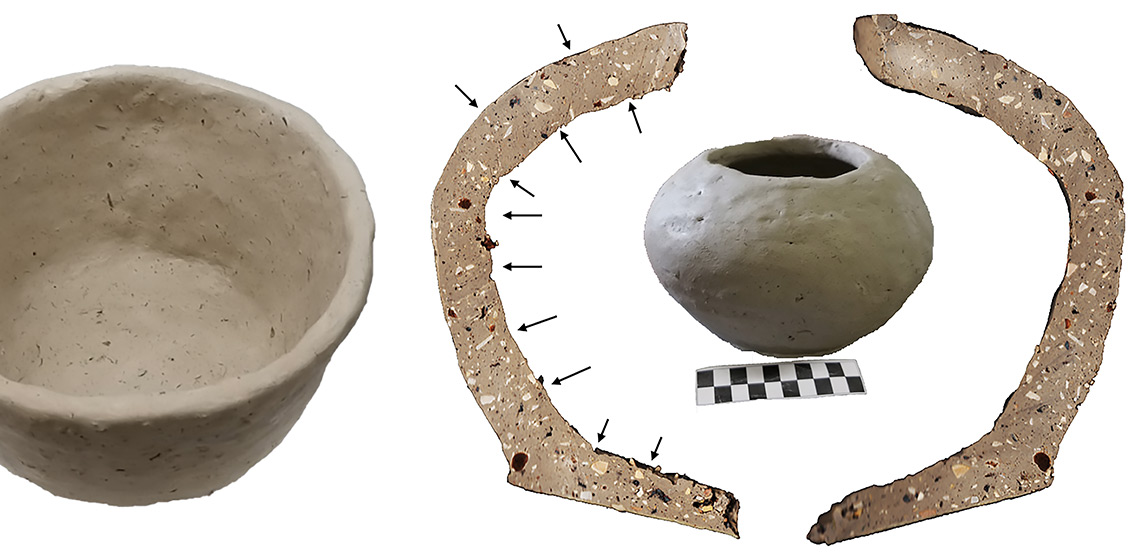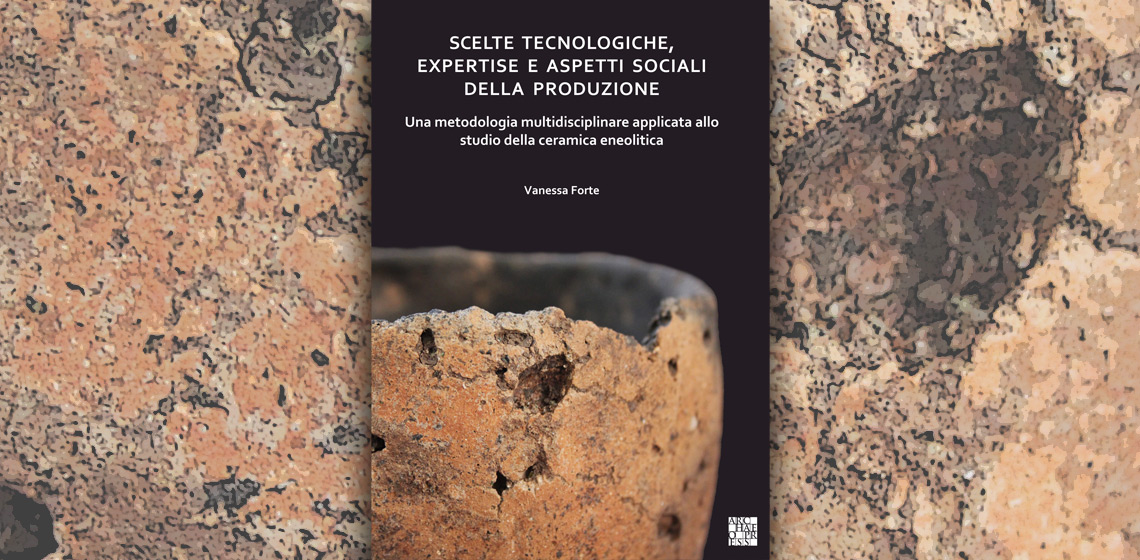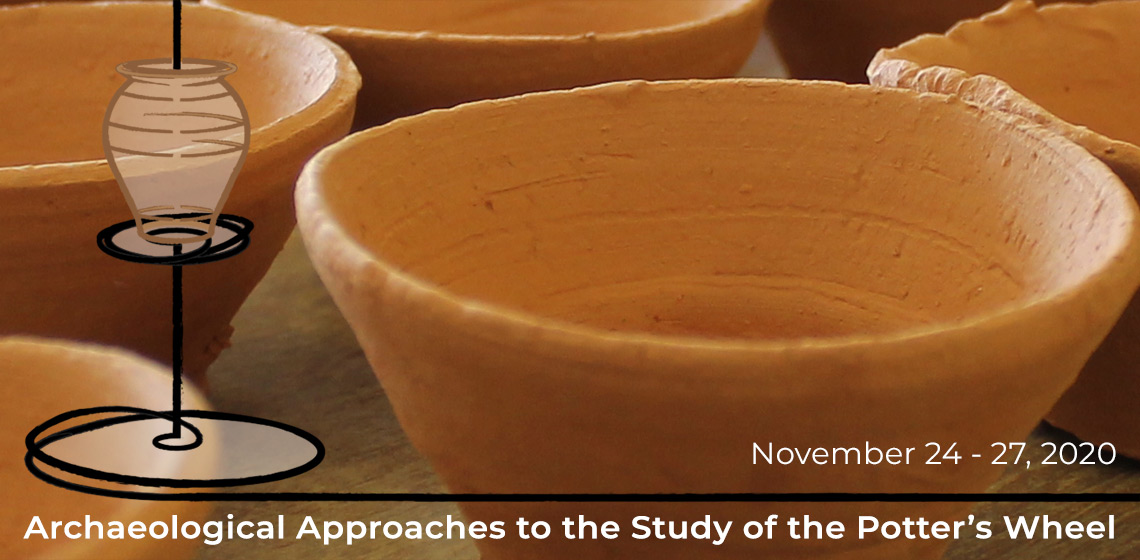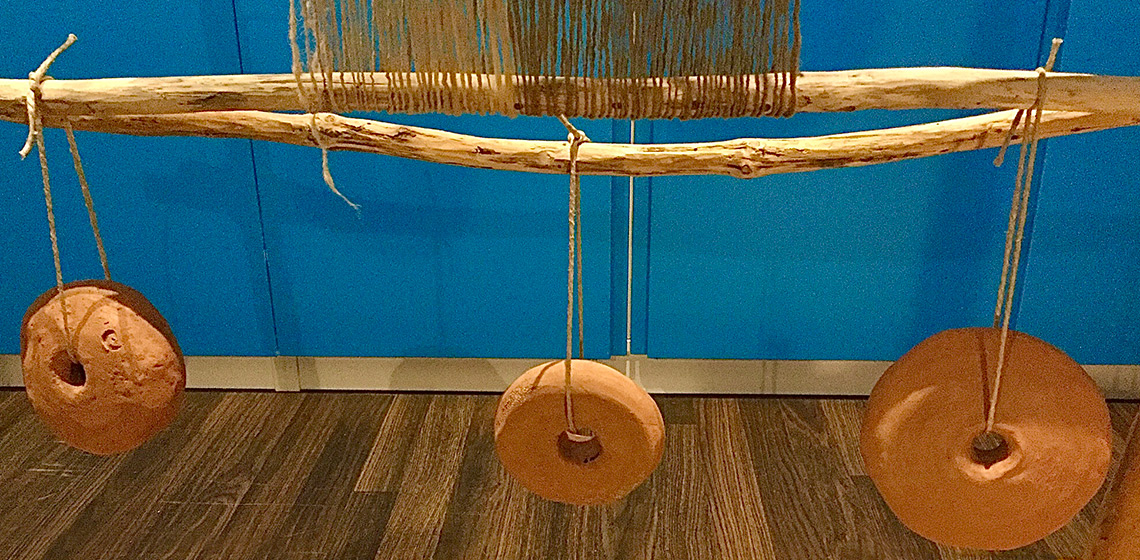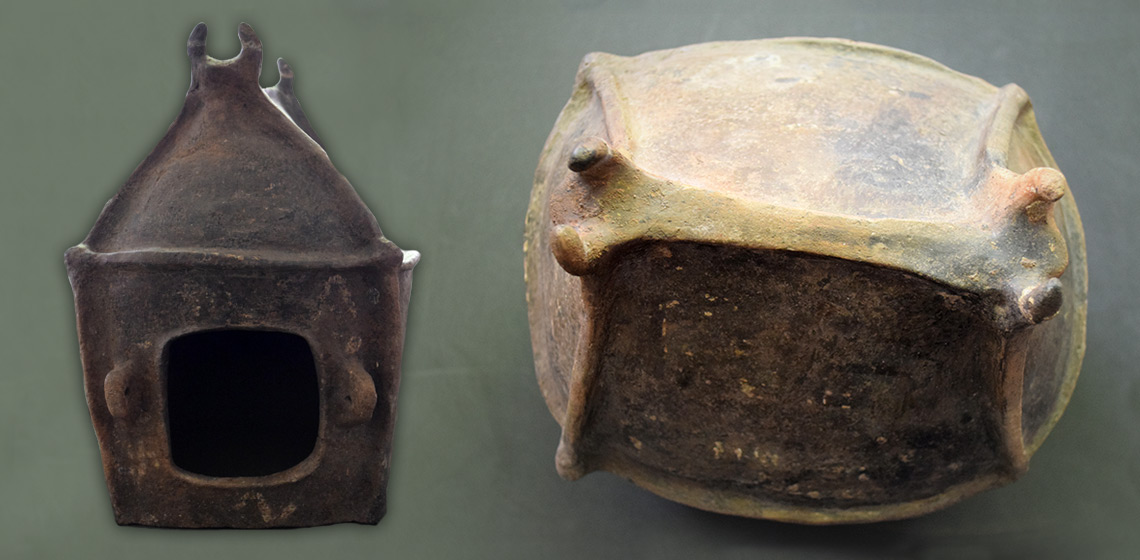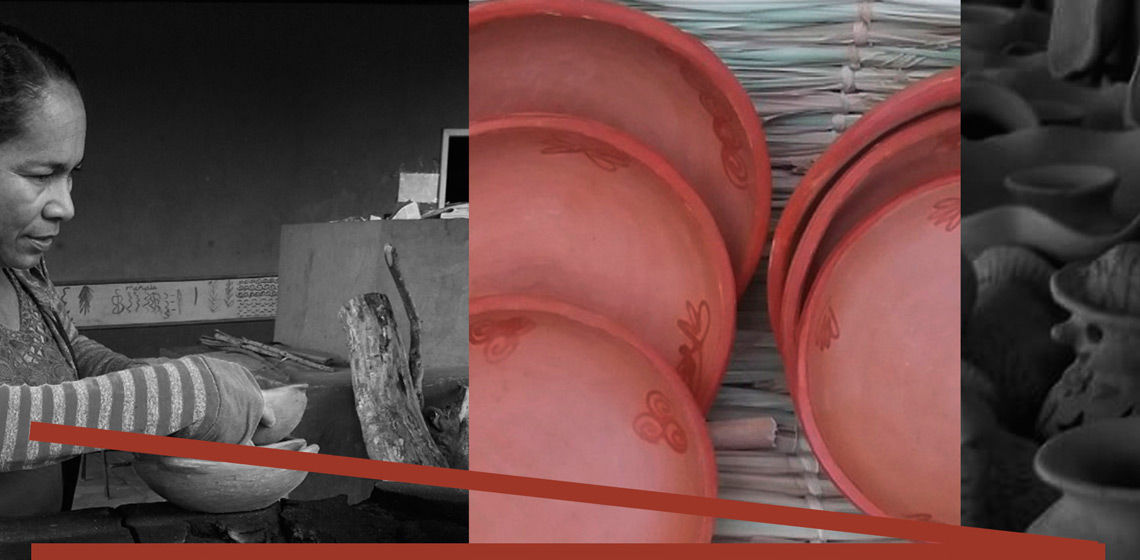Assessing Forming Techniques of Athenian Ceramic Alabastra
Introduction
Studies related to the craft of the potter whether it is the examination of manufacturing techniques of ancient Greek vases or clay analyses, have considerably developed over the last decades. Yet, experimental reconstructions and potter-centred analyses have mostly focused on Bronze Age pottery, Early Iron Age pottery, coarse wares, or kitchen wares (Knappett, 1999; Müller, Kilikoglou and Day, 2015; Choleva, 2020; Choleva, Jung and Kardamaki, 2020).
